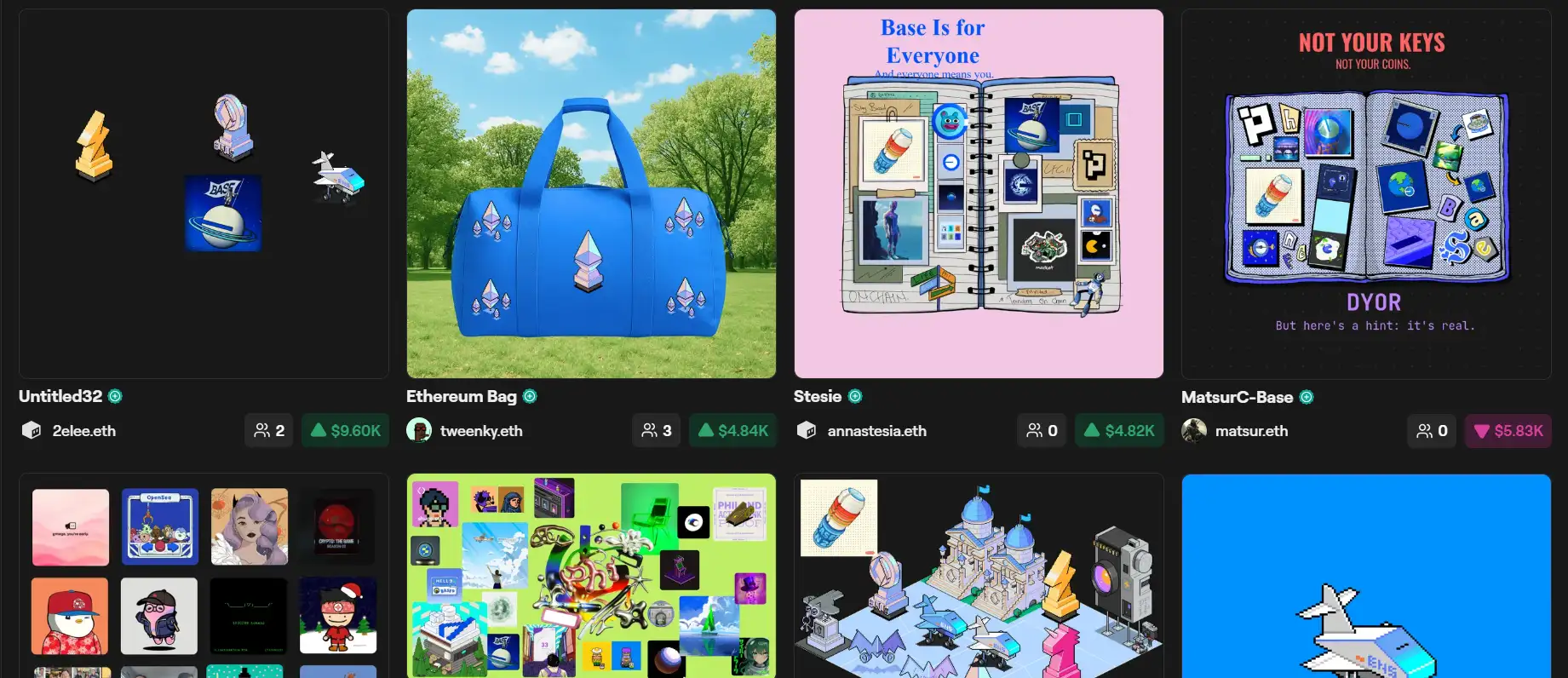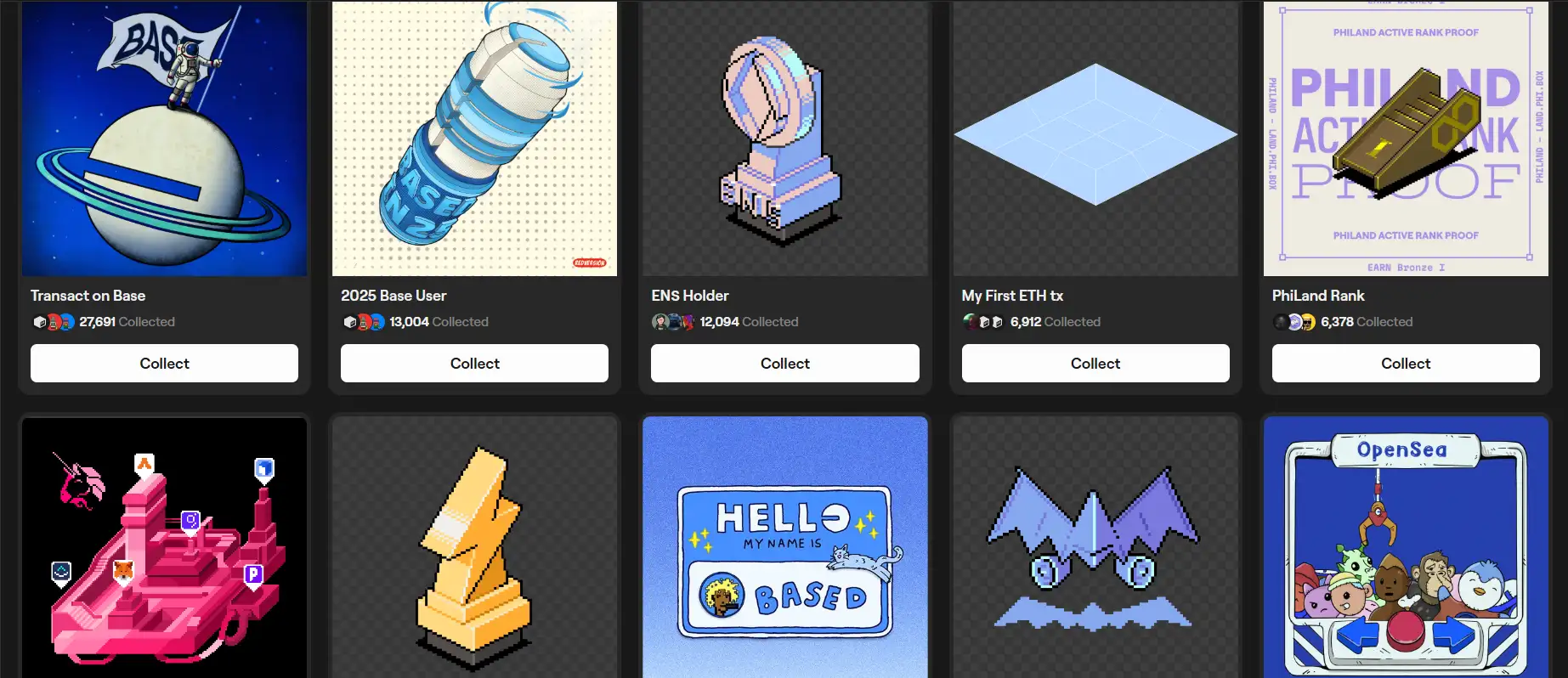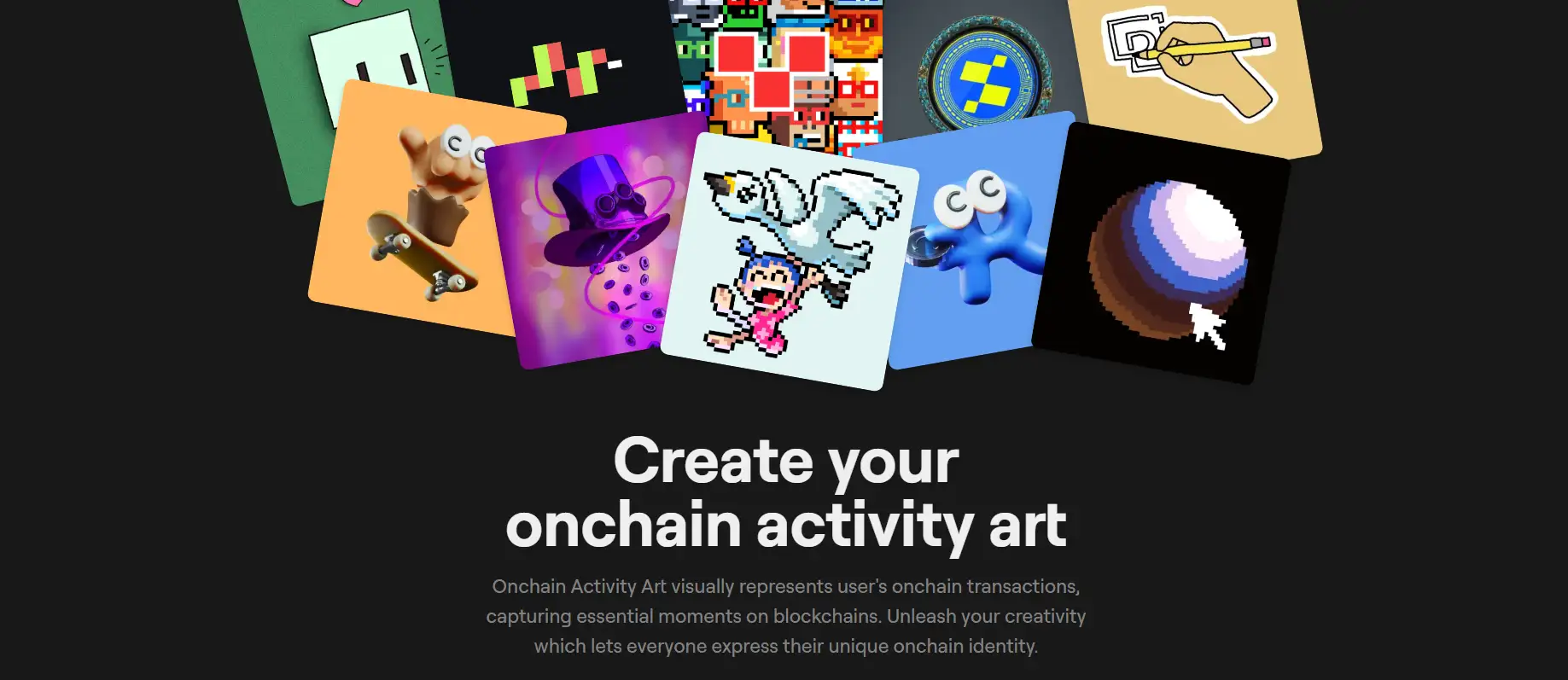About Phi
Phi is a powerful decentralized identity protocol designed to help users visualize, curate, and showcase their onchain identity. It offers a creative and expressive way to turn blockchain activity into a visual identity through tools like the Phi Protocol and Phi Board. These tools empower users to build their identity using verified credentials from their blockchain transactions, giving users agency over their digital presence on web3. Built with transparency and community-driven mechanics, Phi is reshaping how we perceive and manage identity in a decentralized world.
Through its unique approach of transforming blockchain actions into interactive visual artworks, Phi makes identity formation in web3 a dynamic, collaborative, and rewarding process. Users mint "Creds"—NFTs that represent verifiable onchain achievements or roles—and display them via customizable boards. As the crypto ecosystem matures, Phi offers a meaningful layer that ties digital footprints to personal identity in a way that is decentralized, social, and artistically engaging. Visit the official site at phi.box to start shaping your identity.
Phi is a decentralized protocol built to provide a visualization and credentialing layer for onchain identity. At its core is the idea that every blockchain transaction contributes to an individual's identity—and these should not be hidden in unreadable data dashboards, but rather turned into interactive and expressive elements. This vision is brought to life through Phi’s main offerings: Cred NFTs, Phi Protocol, and Phi Board.
The Phi Protocol allows users and communities to mint and verify NFTs known as “Creds,” which represent accomplishments, behaviors, or participations within a blockchain ecosystem. These NFTs act as verified identity badges, serving not just as collectibles but as proof of engagement and trust. For example, users may mint a Cred for participating in DeFi on Base, joining DAO activities, or contributing to governance.
Complementing this is the Phi Board—a user interface where people can creatively arrange their Creds in a personalized and visual way. Inspired by Figma, it enables users to choose the NFTs that represent their journey and place them on digital canvases with custom backgrounds, themes, and layouts. It blends the functionality of social media profiles with the verifiability of web3 credentials.
Phi also integrates a unique incentive model. Artists earn ETH each time their art is minted as part of a Cred, and curators earn through mint fees and share trading. Verifiers and protocol participants are rewarded via a clear and open economic system designed to fuel ecosystem participation.
As of now, users can collect and showcase credentials from over 40 well-known web3 projects like Base, Zora, Morpho, and more. This makes Phi a true hub for social and identity expression in the decentralized world. Unlike analytics dashboards or static wallets, Phi turns blockchain activity into expressive, dynamic art—showcasing not just what you’ve done, but who you are onchain.
Competitors to Phi in the identity space include POAP (for digital event attendance badges), Galxe (for onchain credentials and campaigns), and QuestN (for participation tracking). However, Phi sets itself apart by offering a full creative suite for identity expression, not just credential collection.
Phi provides numerous benefits and features that make it a standout project in the onchain identity and web3 art ecosystem:
- Visual Identity Layer: Phi transforms blockchain actions into visual assets, letting users express themselves through personalized onchain profiles.
- Cred NFTs: These are verifiable credentials minted as NFTs, proving a user's achievements, participation, or role in the crypto ecosystem.
- Phi Board: A drag-and-drop interface for creating an interactive visual profile that showcases your web3 identity with creativity.
- Artist Ecosystem: Artists can earn ETH each time their art is used in a minted Cred, fostering community-driven art creation.
- Decentralized Curation: Verifiers and curators can earn fees, participate in governance, and help moderate which content gets highlighted.
- Referral Incentives: Anyone can earn rewards by referring others to mint Cred NFTs, enhancing organic network growth.
- Onchain Rewards: 50% of mint fees go to artists and 50% to verifiers, incentivizing meaningful participation from both parties.
Phi offers a seamless way for users to create their onchain identity using easy-to-access tools and features. Here's how to get started on phi.box:
- Visit the Platform: Head to phi.box and connect your web3 wallet (such as MetaMask or WalletConnect).
- Explore Creds: Browse through existing Creds from top projects like Base, Zora, and Morpho. You can view what's available for minting, including their price, creator, and artwork.
- Mint a Cred: If you meet the criteria, mint a Cred to represent your achievement or role. These are NFTs tied to your wallet that can be used in your identity board.
- Create Your Phi Board: Use the Phi Board editor to arrange your Creds, choose backgrounds, and design your unique profile layout.
- Join the Weekly Contest: Submit your creations in ongoing weekly art competitions and earn rewards from the PHI Treasury.
- Refer and Earn: Share your minted Cred links on social media or websites to earn referral rewards in ETH.
- Become a Creator or Verifier: Apply to be an artist or verifier and start earning from your contributions to the Phi ecosystem.
- Read the Docs: For deeper customization or development, access the full documentation and SDK from the official Phi site.
Phi FAQ
Choosing the right Cred NFTs on Phi depends on your unique blockchain journey. Start by identifying your most meaningful onchain interactions—whether that’s minting on Zora, trading on Base, or participating in a DAO. Each Cred represents a verifiable accomplishment, and selecting them helps craft a personal narrative of your contributions to web3. You can explore Cred descriptions and minting requirements directly on phi.box to curate the ones that align with your story.
Yes, the Phi Board functions like a creative and verifiable web3 resume. You can drag and arrange your Creds, choose backgrounds, and highlight important moments from your onchain activity. Unlike traditional dashboards, Phi lets you express both the technical and artistic sides of your identity. Your board becomes a publicly viewable portfolio that tells the story of who you are in the decentralized ecosystem.
Phi has a built-in Artist Program that allows creators to contribute visual elements to Cred NFTs. When someone mints a Cred using your art, you earn a share of the minting fee in ETH. This creates a new revenue stream for digital artists and integrates them directly into the credentialing process. Artists can join open mints or be invited by Cred Creators, depending on the credential system in place.
If a Cred you've curated gains popularity and receives many mints, you can earn both minting rewards and potential profits from trading shares. The Phi Protocol rewards curators with a portion of the fees, creating a system where early discovery and investment in quality credentials are incentivized. Think of it as a mix between content curation and DeFi participation—powered by your taste and community alignment.
Phi Board enables you to take raw, often unreadable blockchain data and transform it into a visually rich narrative. Each Cred is a tokenized snapshot of your onchain actions—whether from DeFi, DAOs, or NFT projects. Using the Phi interface, you can design a canvas that showcases your accomplishments as visual assets, making your wallet activity an artistic and social experience rather than just a technical footprint.
You Might Also Like












